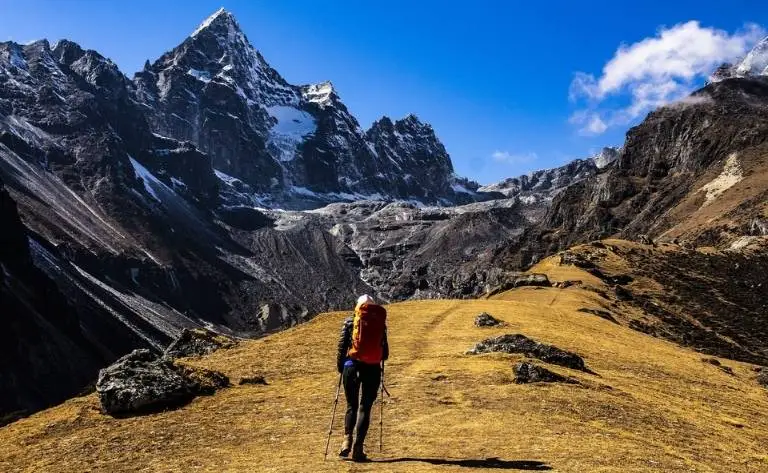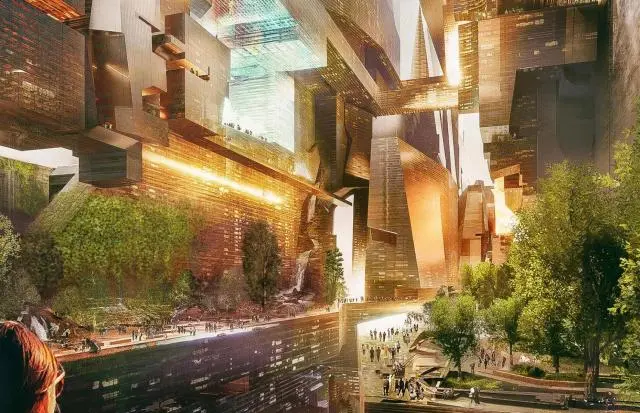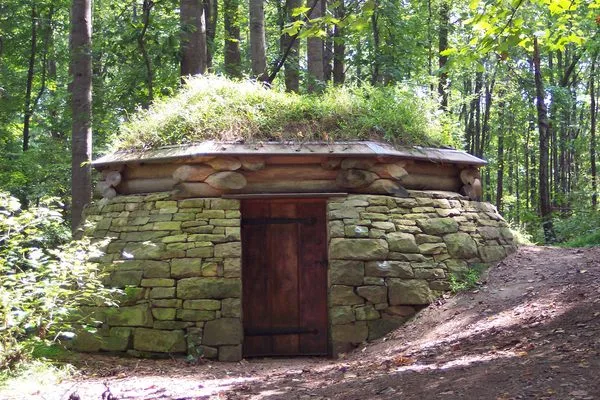Incredible Australian Sites Many Tourists Never See
.webp)
Unsung Australia
In a nation with such wide and diverse landscapes, it's not surprising that there are many amazing sites that few people visit. We unearth some of Australia's most remarkable under-the-radar sights, including intriguing geological wonders and bizarre natural occurrences, as well as historic hidden jewels and difficult-to-access rock art.
Moreton Island, Queensland
While most visitors visit Queensland's coral reef-fringed islands, few go east of the state's capital, Brisbane, to Moreton Island. This enormous sand island is a short ferry ride away and teems with natural beauty. You may observe wild bottlenose dolphins and whales (thousands of humpback whales migrate through from June to November), toboggan down sand dunes, and dive wrecks. The rusted ruins of 15 ships purposefully sunk to form a breakwall in the 1960s are now teeming with colorful coral, tropical fish, and curious turtles.
The Grotto, Victoria
Victoria's Great Ocean Road is dotted with stunning rock formations. While everyone pauses to appreciate the Twelve Apostles and London Arch, many people skip the Grotto. This fascinating geological feature, found in the limestone cliffs just west of Port Campbell, is certainly worth finding out. The Grotto, which combines a cave, sinkhole, and archway, may be seen from a viewing platform above or by walking down the steps to sea level. Go at low tide to get the best views of the arch, which includes rockpools and the ocean beyond.
Carnarvon Gorge National Park, Queensland
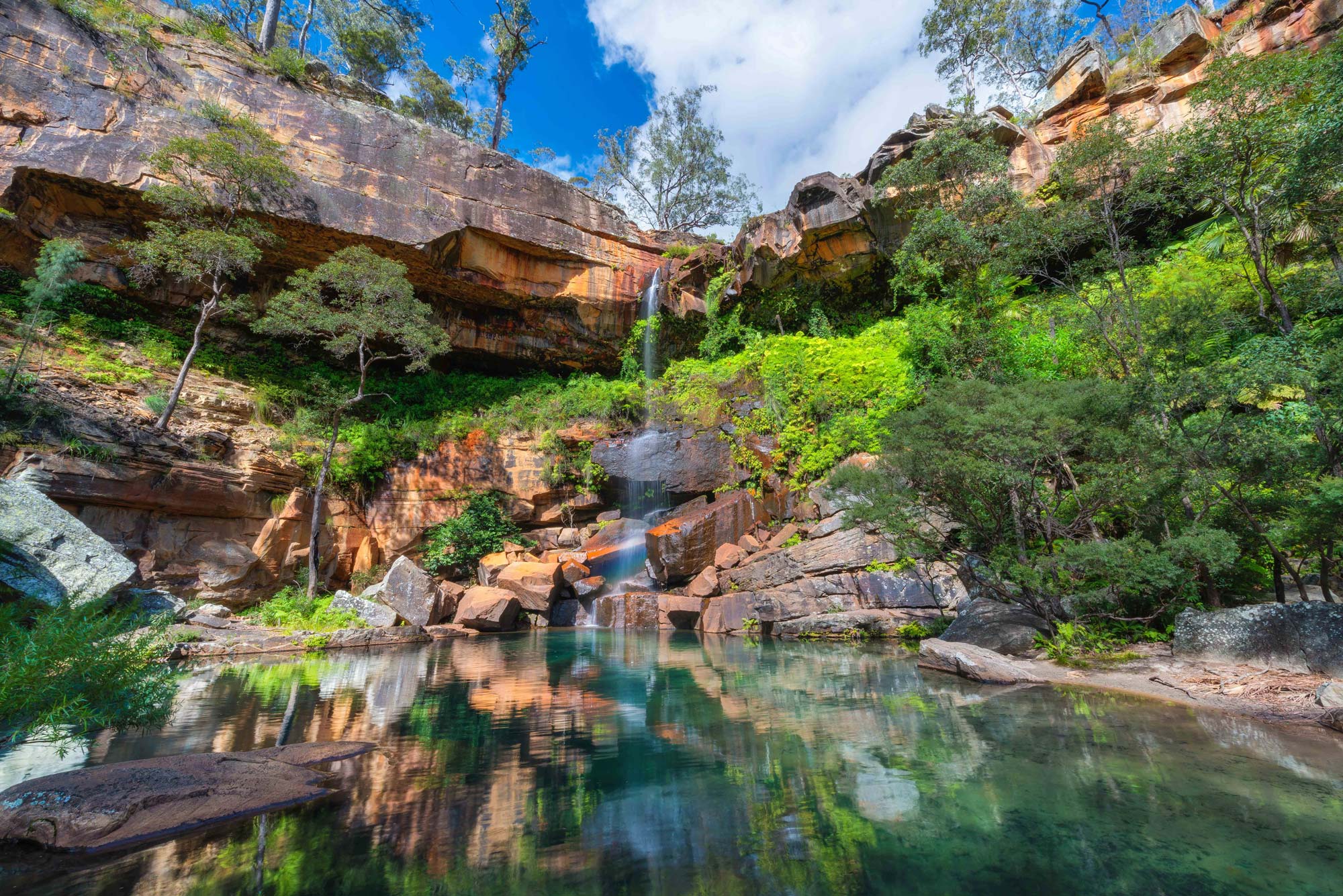
Carnarvon Gorge, surrounded by unique Carnarvon fan palms, ancient cycads, ferns, blooming shrubs, and gum trees, is a veritable oasis amid central Queensland's dry sandstone landscape. Among its tiny gorges, boulder-strewn rivers, and towering cliffs are a number of noteworthy Aboriginal art sites. The Art Gallery and Cathedral Cave are two of its most striking features, with their walls adorned with ochre stencils, rock carvings, and freehand paintings.
Kanku-Breakaways Conservation Park, South Australia
This distant and spectacular Aboriginal heritage site, located near the opal mining town of Coober Pedy, is part of the Antakirinja Matuntjara Yankunytjatjara people's traditional territory. The dry, sweeping, and rocky environment, which was formerly covered by an inland sea, is completely captivating. Visit during sunrise or sunset to witness the reds, oranges, and whites at their most vibrant. It's hard to imagine anything exists here, yet the region is home to a variety of natural flora and animals, including red kangaroos, wallaroos, echidnas, and fat-tailed dunnarts. Keep an eye out while you explore.
The Bogey Hole, New South Wales
While most visitors plan to swim in Sydney's ocean pools, few are aware of Newcastle's magnificent Bogey Hole. Not only is it a beautiful place to swim, but it is also claimed to be Australia's first purpose-built ocean swimming pool. Convicts carved it by hand on a rocky platform in 1819 for Newcastle Commandant Major James Morisset's personal use. The free-to-use Bogey Hole pool, located at the foot of Shepherds Hill, is historically listed.
Montague Island, New South Wales
Montague Island is the state's second biggest island, yet few natives and tourists have visited. The protected nature reserve off Narooma's southern coast is home to a huge colony of seals, tiny penguins, and breeding seabirds. Whales, dolphins, and turtles all visit its waters. Humpback whales are most visible from September to November, but the island's jagged environment, antique lighthouse, and keeper's quarters make it an amazing spot to explore all year. You may also read this: Memorable Stay at Seattle Airbnbs
Undara Volcanic National Park, Queensland
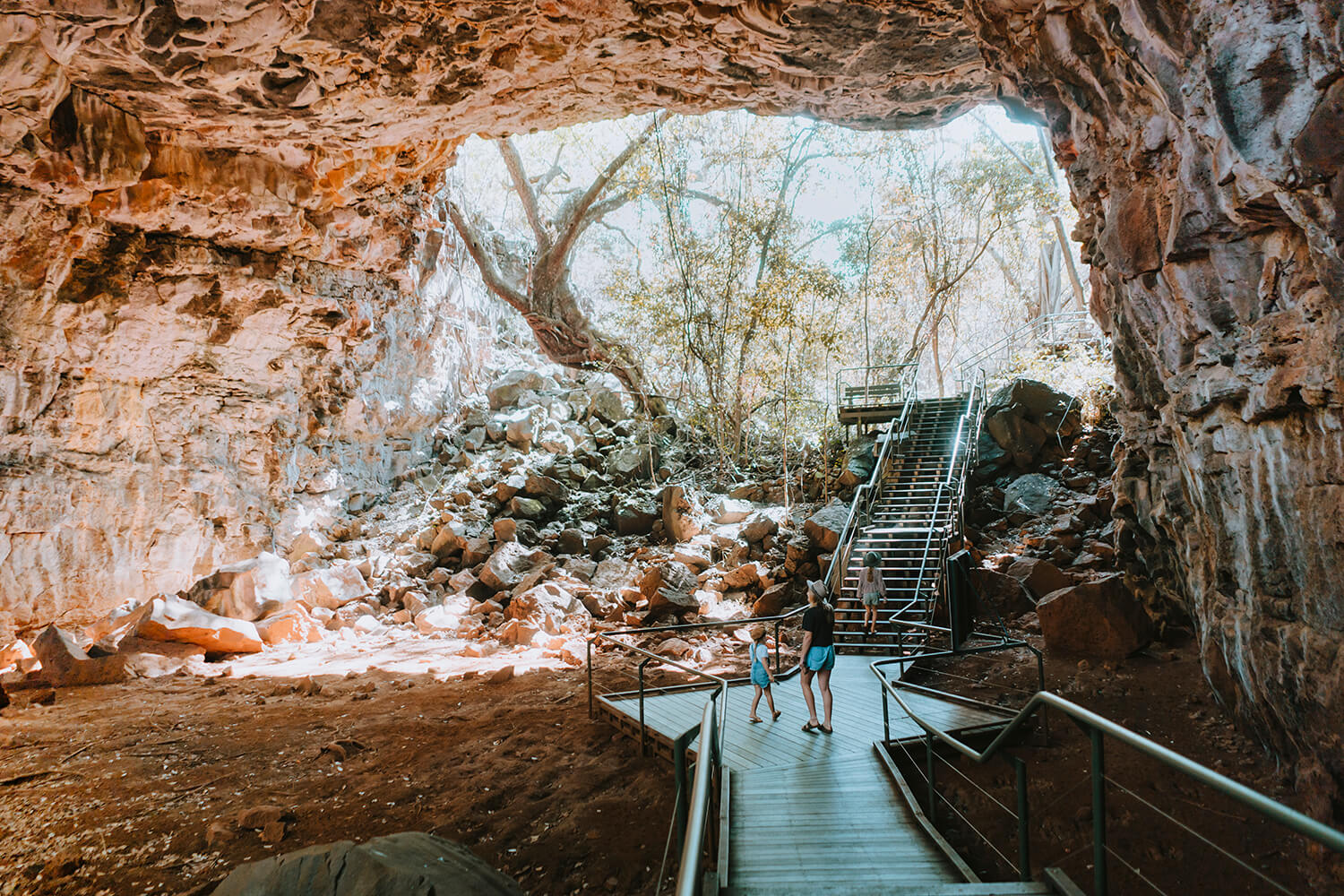
In this little-known national park southwest of Cairns, you may walk into ancient lava tunnels that are supposed to be the world's biggest. Undara's tubes, which mean "long way," were built some 190,000 years ago when a major eruption forced lava to pour into empty riverbeds. The upper layer gradually cooled and formed a crust, while the molten lava beneath drained, leaving behind a network of hollow tubes. Large caverns evolved along them, including Undara's most well-known structure, the Archway. The tunnels may only be entered during guided excursions.
Gippsland Lakes, Victoria
The Gippsland Lakes, a large network of interior waterways, are not among Victoria's most well-known tourist destinations, but they should be. Covering more than 232 square miles (600 square kilometers), they form the country's largest inland waterway and are a hub of activity, providing everything from fishing and boating to animal watching. Another breathtaking site in East Gippsland is the spectacular beachfront Ninety Mile Beach, which is only across the dunes.
Flinders Island, Tasmania
Flinders Island, located in the Bass Strait off the northeastern corner of Tasmania, is stunningly beautiful and untamed. It is one of 52 islands in the Furneaux Group, which historically served as a land bridge between mainland Australia and the island state, and is home to only 1,000 people. It's well-known locally for its superb seafood (especially abalone, scallops, and crayfish) and pristine scenery, but few outside of Tasmania have seen the jagged isle that rises from the wild waters, with its enormous granite mountains and massive rocky outcrops blazing with orange lichen.




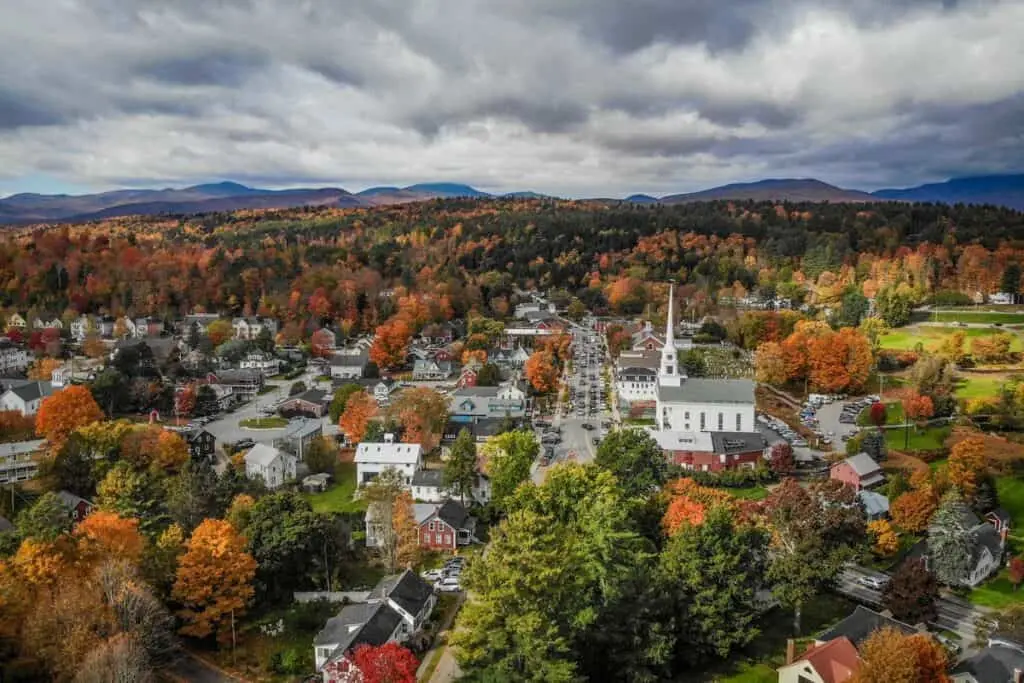
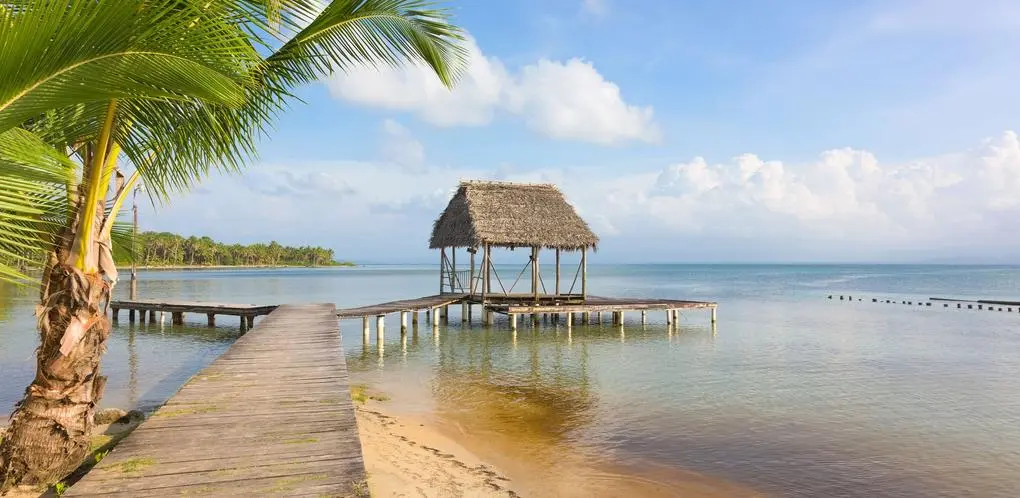
.webp)
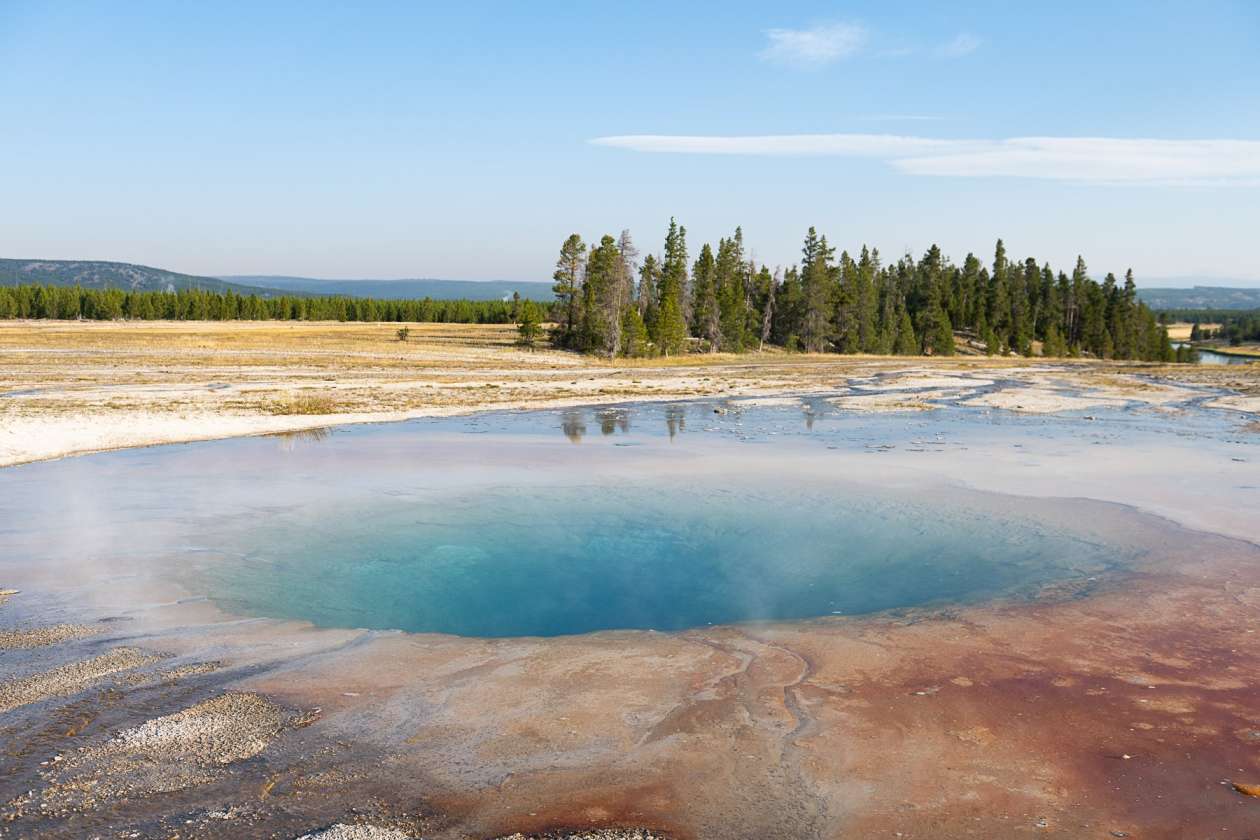
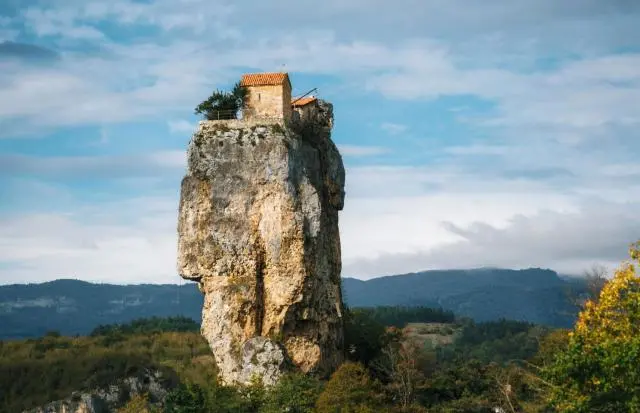
.webp)
